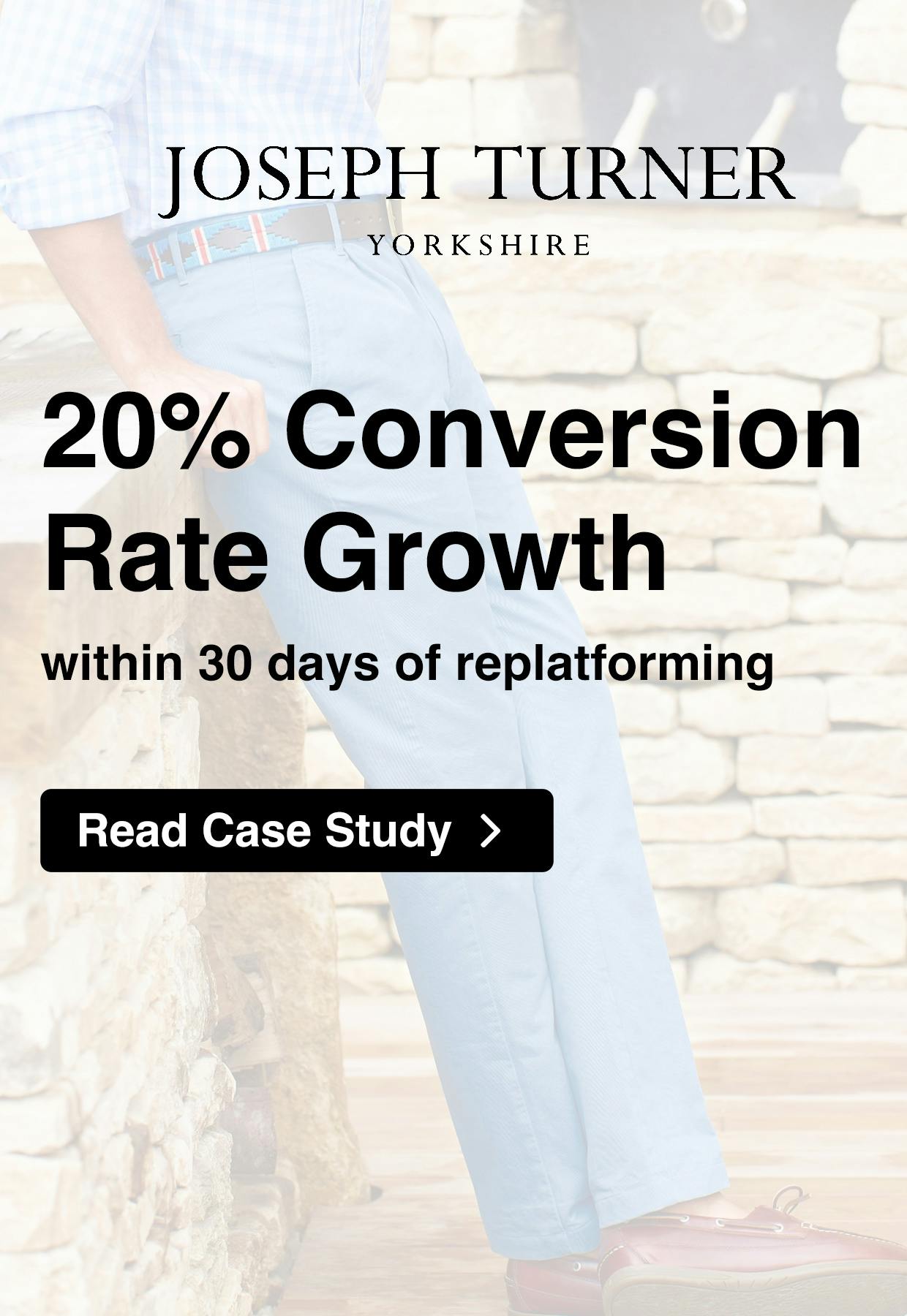

Remarkable Commerce believe in agile eCommerce
Agile eCommerce and agile software and web development is changing the way businesses grow rapidly and profitably. Remarkable Commerce is at the centre of this next-stage evolution.
“We truly love how agile you are…”
Mark West, CEO of Remarkable Commerce, reflects on agility within eCommerce and how agile eCommerce development has become the foundation for everything Remarkable Commerce does.
We are very proud of our business. Over the years we have received many favourable comments from our clients. Like a recent unsolicited testimonial from our long-standing client, Yours Clothing. It said, ‘‘…we truly love how agile you are…’’.
In this article, I would like to reflect on the importance of agility in a digital business and how it has become the foundation of everything we do at Remarkable Commerce. In fact, ‘agility’ is our most fundamental value and especially when it comes to eCommerce. Everywhere I look in my business, whether it is our team structure, our internal communications, our client service ethos, our management style or our design and eCommerce development methods, ‘agility’ is the driving force. Why is this?
The answer to this question starts with our understanding of the ‘big picture’, the major trends that are affecting all businesses. If you don’t understand the ‘big picture’ then, in the worst case, you don’t survive as a profitable business.
Disruptive innovation
Understanding the ‘big picture’ starts with the trend of ‘disruptive innovation’. In the last two decades, business competition has changed immensely. Disruptive innovation is an innovation that creates a new market that eventually replaces the established market leaders. Disruptive innovations tend to come from outsiders to the established market and often from new ventures. For example, a decade ago the leader of high street fashion retailing had control over the ladies, day-to-day, fashion market – good design, good quality, good image and extensive availability through its town centre retail stores and also online via eCommerce.
But, it was (and remains so) very poor in the niche fashion sectors, for example ‘plus sizes’. Into these niche spaces, eCommerce start-ups began trading. Now, our client, Yours Clothing is probably the market leader for plus sizes, with growth approaching 50% per annum. In fact, if you now look at the leader of high street offerings for ladies' fashion, they are surrounded by niche traders all using eCommerce as a driving business development strategy. In effect, the leader is no longer the leader it was – it’s been ‘disrupted’ by more innovative and more nimble and agile competitors.
Of course, it’s not just ladies' fashion. Downloaded music has disrupted CDs, smartphones have disrupted cell phones and landlines, digital cameras have disrupted chemical photography, Wikipedia has disrupted Encyclopaedia Britannica and so on. In fact, the list is endless – over the last two decades, every market sector has been disrupted and as a driving force for change, disruptive innovation is accelerating in its impact. It will not slow down or go away because the driving factor of digital technologies and in particular eCommerce development only accelerate.
Business agility
Disruptive innovation leads to the trend of ‘business agility’. Management and company owners have to respond to market change much more rapidly as their business environments and market changes accelerate. The modern agile eCommerce business constantly seeks emerging opportunities, operates a flat responsive hierarchy, it has staff that function autonomously held together by only a vision of the business and faster, enhanced methods of communication. Teams are loosely organised and focused on collaborative decision-making. Importantly, traditional project planning with tasks being done in a sequence is just too slow, unproductive and costly. In an agile eCommerce business, projects are completed in parallel parts – much quicker, more productive and less costly.
Agile website development
This brings me to agile software methods – methods that are firmly entrenched in the way we work at Remarkable Commerce.
One traditional method of developing software and then adapting for web development was known as the ‘waterfall’ method. This is very similar to the traditional project planning method. A website development project was broken down into parts: planning, design, development and testing – these were done in a sequence. The problem with this method was that the client was not involved at every step and often the project could progress too far without any oversight by the client. This was further exacerbated by the fact that testing was done at the end. Consequently, you could repeat the loop many times until the client was fully happy and the whole website worked. Hence, the method becomes time-consuming and costly.
In sharp contrast, we use the ‘agile’ method, particularly for complex bespoke projects and eCommerce planning. At the start of development, we break the project down into small priority parts. Each part then goes through its own process of discovery, design, development and testing. Importantly, all the priority parts progress in parallel and the client is involved closely as each part progresses, see the diagram below.
As you can see in the diagram, each priority part goes through ‘sprints’ of discover, design, develop and test. As the whole project progresses, each ‘sprint’ fits together rather like a jigsaw puzzle, whilst at the same time low priority parts are fitted in.
There are many benefits to agile software methods. For example, 73% of users of agile say it completes projects faster, 92% say agile improves the ability to manage customers’ changing priorities and 87% say that agile improves the development teams' productivity. In effect, customer experience is significantly improved – higher involvement, less cost, quicker to launch and higher quality of output.
Remarkable Commerce Benefits
There are many other benefits. At Remarkable Commerce we work in small client-dedicated teams. The client representative joins this team at all stages of development, often sitting with a web front-end or back-office developer as the work is undertaken. In effect, the client is part of the ‘sprint’ process. Although the teams are overseen by company directors, each team has a very high degree of autonomy and collaboration and decisions are made straight away. In effect, it becomes a highly creative, adaptive and client-motivated team with the power to innovate and decide – it is agile, just like the software development method it uses.
It is not just Yours Clothing that believes we are agile. Over the years, more and more of our eCommerce clients are coming to the same conclusion. They are all in fast-growing business sectors – they are disruptive innovators. They are agile businesses and they want the same Remarkable Commerce. We grow because they grow, we innovate because they innovate and we are productive because they are productive. Importantly, they lead their eCommerce market sectors as we lead ours. It is our agility that embeds us within our clients’ businesses. As our clients say, ‘‘we are their web team’’ and everything we do is to ensure that we keep this very privileged position.


